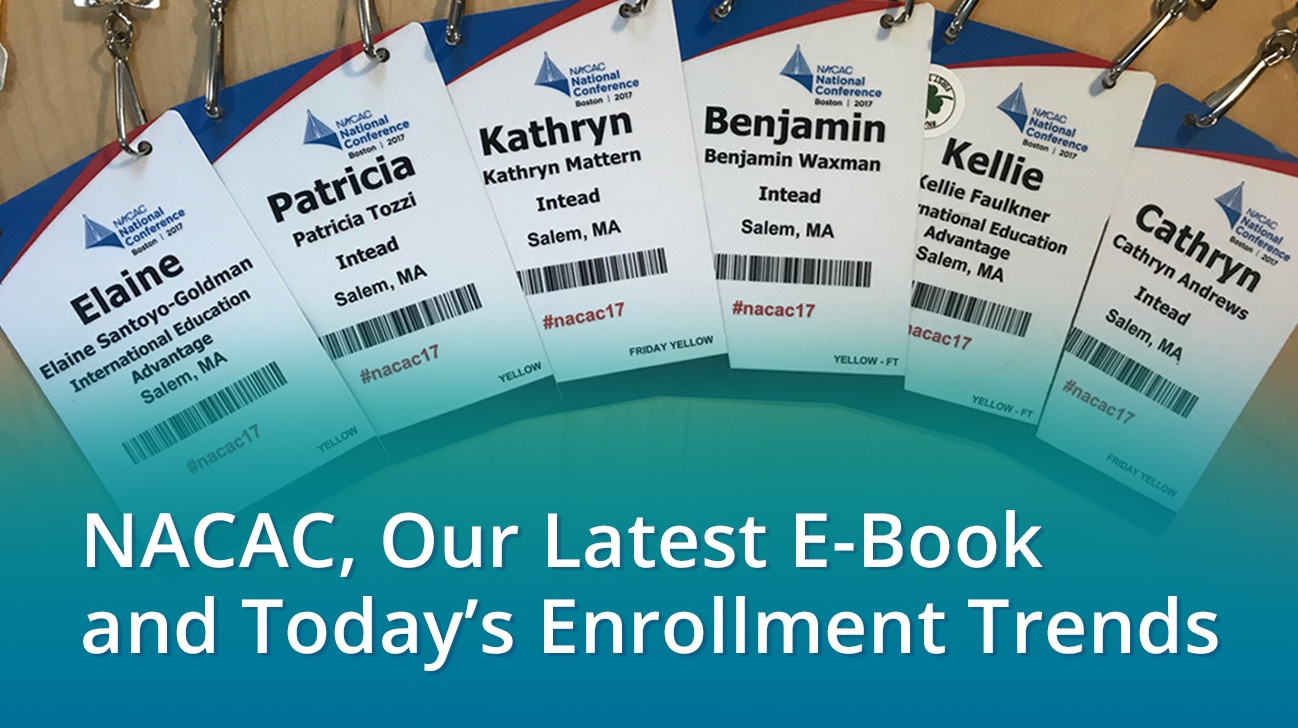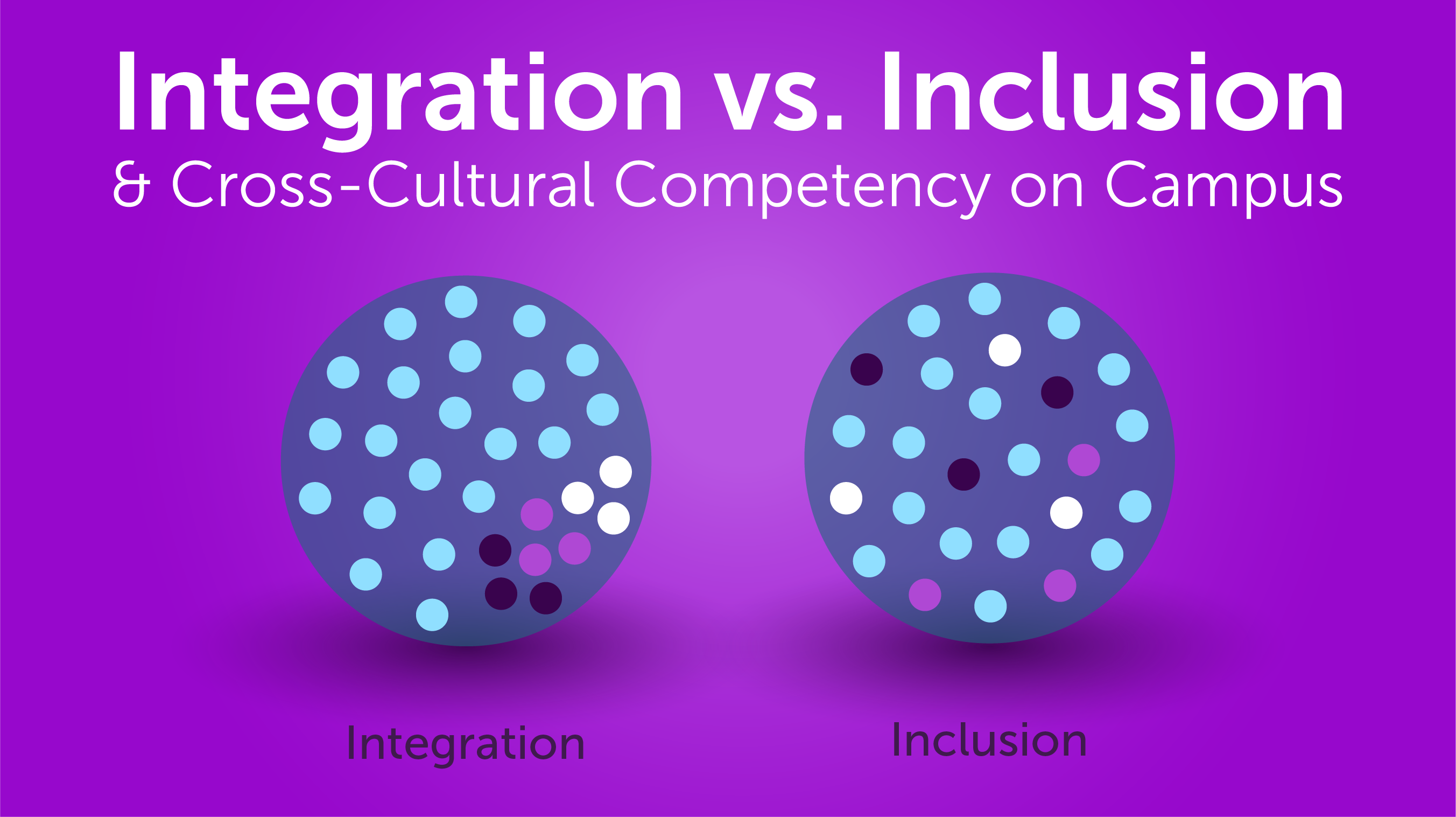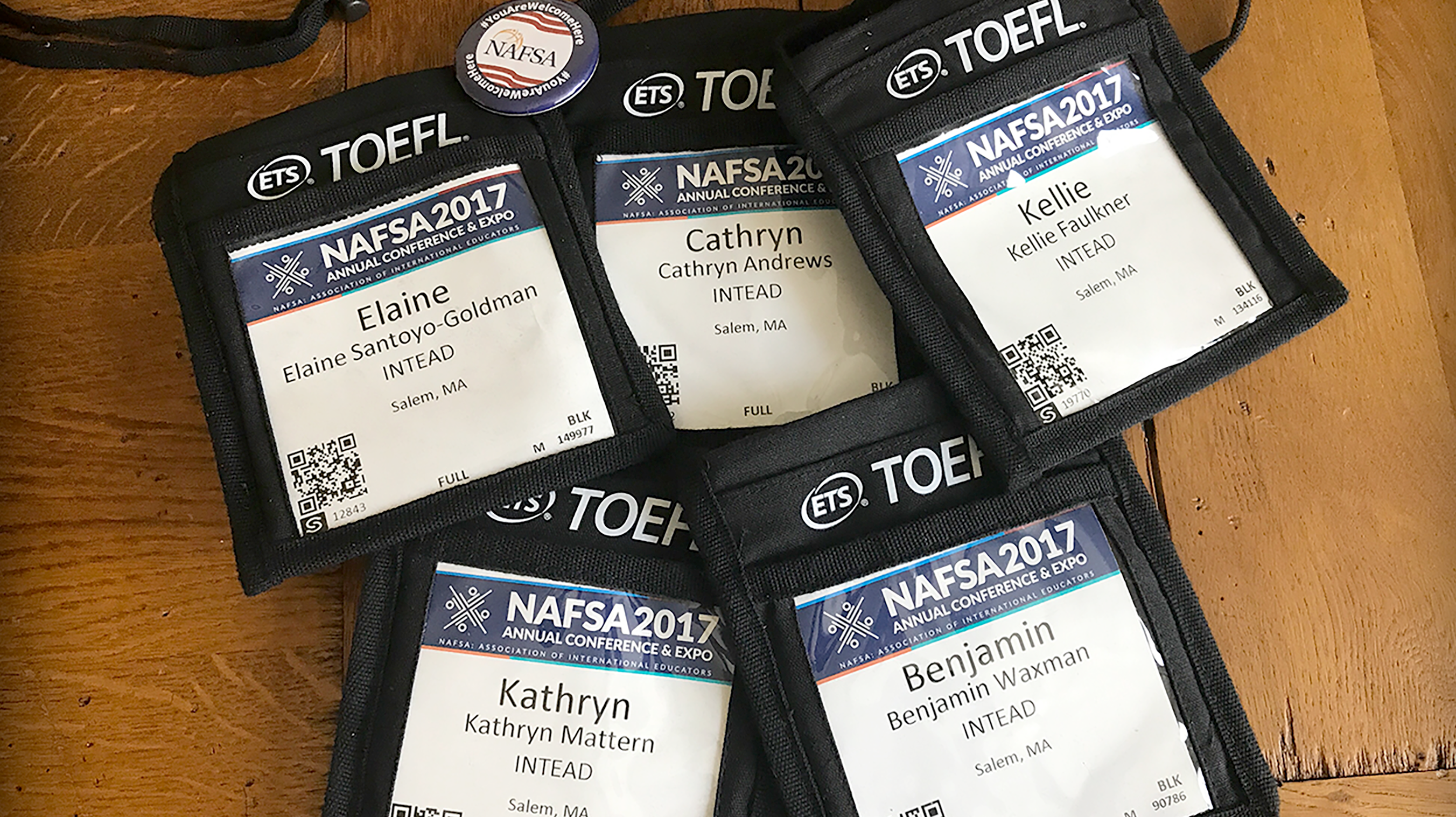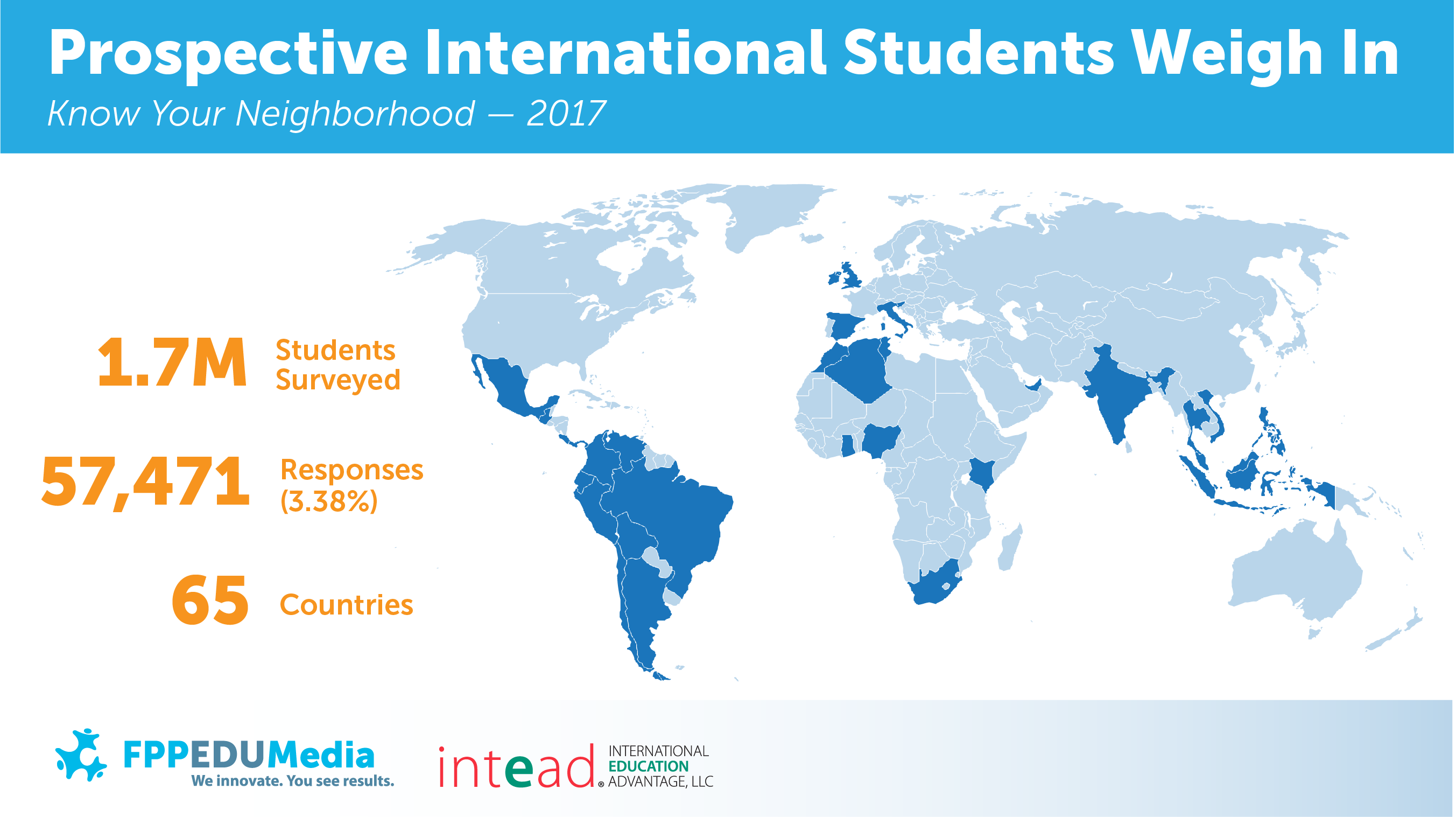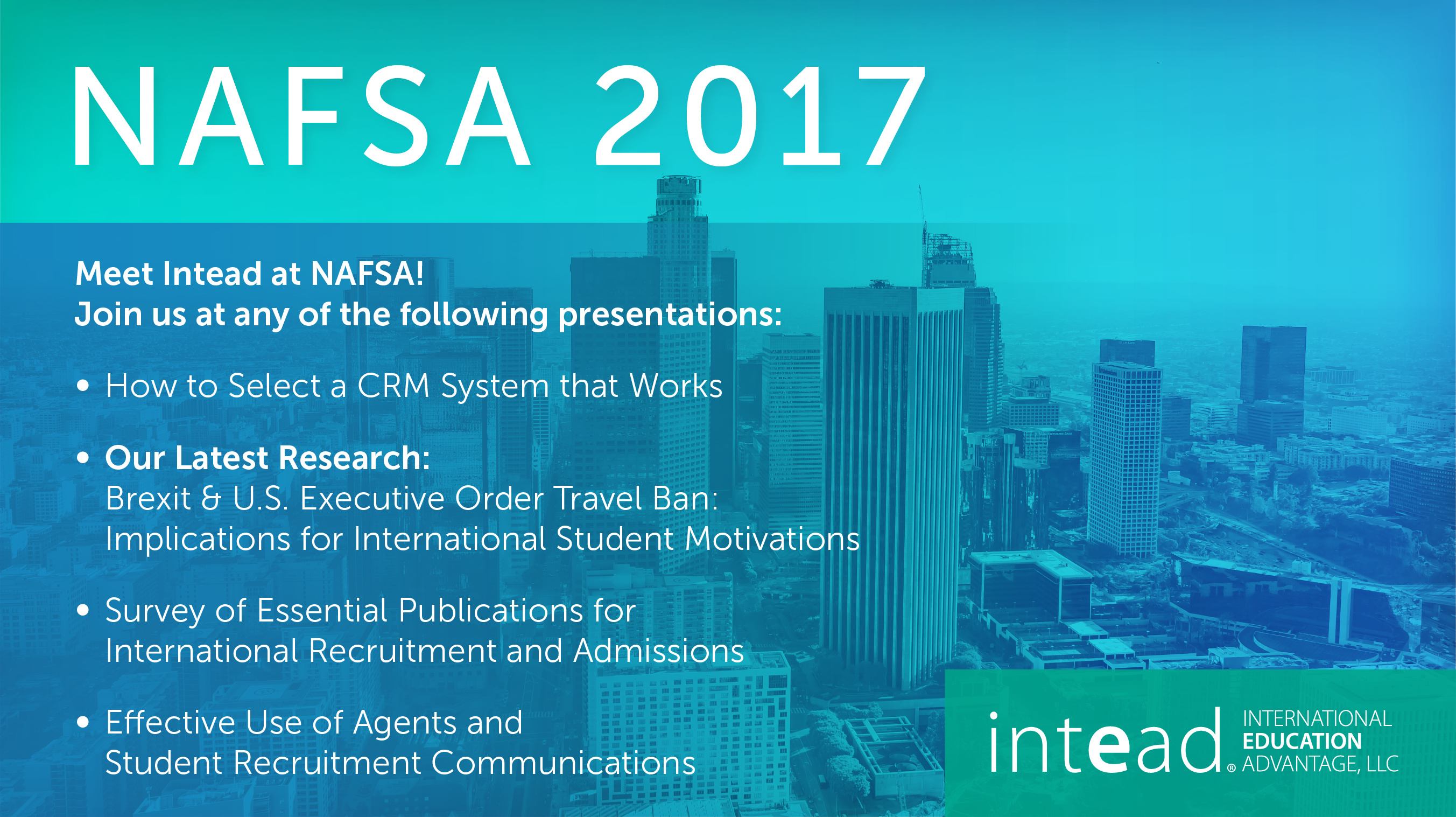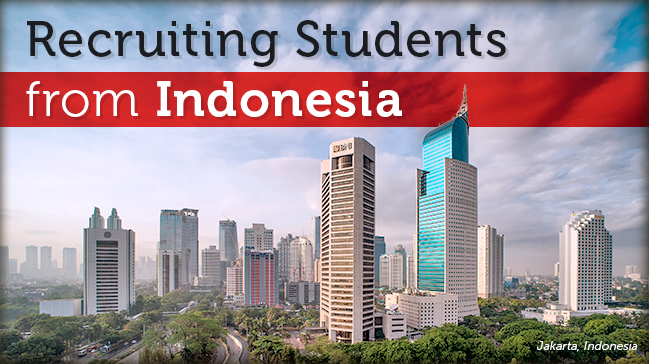There is so much happening here at Intead this week! We are so excited to share it with you.
First, we are dedicating this week’s blog post to our team member Jen Thayer, (you may know her as the long time manager of this blog), who will be moving on to pursue a new career opportunity at Tufts Health Plan this week. We are so proud of everything Jen has contributed to the growth of this company. She is a very dear colleague and friend, and we know that she will continue to share her positive energy and enthusiasm with the world. Best of luck Jen – we are all cheering you on!
Next, we are excited to be presenting a webinar: “A Game of Finders Keepers: Finding and keeping the good agents” in partnership with AIRC and Angel Ahmed of GNET-Global Network, Inc. this afternoon, Wednesday September 27th at 1:00 p.m. EST.
We all know that finding a good international recruitment agent has its challenges, and maintaining the partner relationship isn’t any easier! How do you do it well when faced with different time zones, language barriers, and the need to stand out among the other schools in an agency’s portfolio? We will address these questions and more! Click here to register.
And finally, this week we are considering return on investment in the international recruitment process – how well are you able to track ROI? Good data helps you improve your recruitment, it helps you prove to your campus leadership that your recruitment efforts are worth it, and it shows you where you can improve.
Finding the right formula for your university can help you answer questions about where you should be focusing your recruiting budget, and where you should be backing away. Read on to see where your institution can make key improvements in measuring ROI…
Read More

